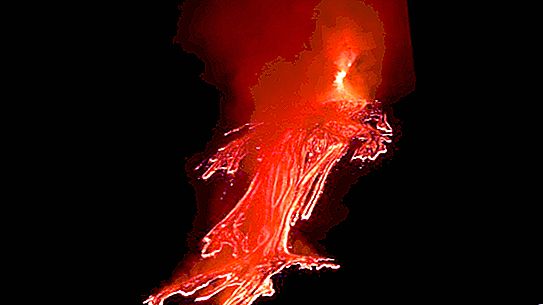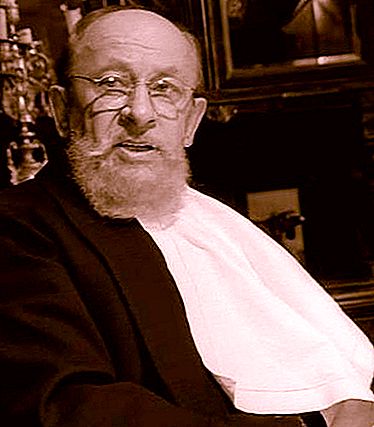The Mari Republic (Mari El) is one of those constituent entities of the Russian Federation that have their own statehood. This entity, located in the European part of Russia, had autonomy rights since Soviet times. This region is quite distinctive and is of interest for research in various fields. Let's get to know what the Mari Republic and its population are.
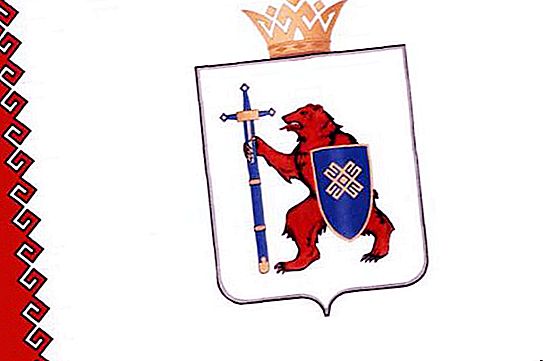
Geographic location
The Republic of Mari El is located in the east of the European part of the Russian Federation. In the north and west, this subject of the federation borders with the Nizhny Novgorod region, in the north and east - with the Kirov region, in the southeast - with Tatarstan, and in the south - with Chuvashia.
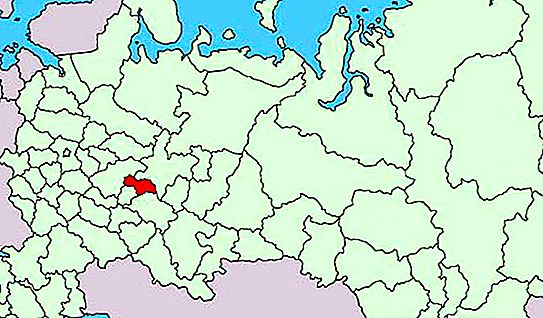
The Mari Republic is located in a temperate climate zone with a temperate continental type of climate.
The area of this subject of the federation is 23.4 thousand square meters. km, which is the 72nd indicator among all regions of the country.
The capital of the Mari Republic is Yoshkar-Ola
Brief historical background
Now let's take a look at the history of the Republic of Mari El.
From ancient times, these territories were inhabited by Finno-Ugric tribes, which, in fact, are the titular nation of the republic. In ancient Russian chronicles they were called Cheremis, although they themselves called Mari.
After the formation of the Golden Horde, the Mari tribes became part of it, and after the collapse of this state into parts, they became tributaries of the Kazan Khanate. Due to the accession of Kazan by Ivan the Terrible in 1552, the land of the Mari became part of the Russian kingdom. Although the Western Cheremis tribes took Russian citizenship even earlier and were baptized. After that, the history of the Mari is inextricably linked with the fate of Russia.
But some Mari tribes did not want to accept Russian citizenship so simply. Therefore, the period from 1552 to 1585 was marked by a series of Cheremis wars, the purpose of which was to force the Mari tribes to accept Russian citizenship. In the end, the Maris were subjugated, and their rights were significantly limited. But in subsequent years, they took an active part in various uprisings, for example, in the Pugachev uprising of 1775.
Meanwhile, the Mari began to adopt Russian culture. They developed their own script based on the Cyrillic alphabet, and after the opening of the Kazan seminary, some representatives of this people were able to get a good education.
After the Bolsheviks came to power in 1920, the Mari Autonomous Region was created. In 1936, the Mari Autonomous Republic (MASSR) was formed on its basis. At the very sunset of the existence of the USSR, in 1990, it was transformed into the Mari SSR.
After the collapse of the Soviet Union and the formation of the Russian Federation, the Mari Republic, or, as it is called in another way, the Republic of Mari-El, became one of the subjects of this state. The constitution of this public entity provides for the equal use of these items.
The population of the republic
The population of the Mari Republic at the moment is 685.9 thousand people. This is just the 66th result among all subjects of the Russian federations.

The population density in the republic is 29.3 people / sq. km For comparison: in the Nizhny Novgorod region, a similar indicator is 42.6 people / sq. km, in Chuvashia - 67.4 people / sq. km, and in the Kirov region - 10.8 people / sq. km
Despite the fact that the Mari people are the indigenous and state-forming people of the Mari El, at the moment they are not the most numerous ethnic group of the republic. Most of all among the population of this region are Russians. They make up 45.1% of the total number of residents of a federation subject. Mari in the republic make up only 41.8%. The last census, in which the Maris numerically prevailed over the Russians, was carried out in 1939.
Among other ethnic groups, the Tatars are the most numerous. Their number is 5.5% of the total population in Mari-El. In addition, the Chuvash, Ukrainians, Udmurts, Belarusians, Mordovians, Armenians, Azerbaijanis and Germans live in the republic, but their number is significantly less than that of the three above-mentioned peoples.
Religion spread
In Mari El, a fairly large number of different religions are widespread. At the same time, 48% consider themselves Orthodox Christians, 6% are Muslims and 6% are supporters of the ancient Mari pagan religion. At the same time, about 6% of the population are atheists.
In addition to the religions listed above, there are Catholic communities in the region, as well as communities of various Protestant movements.
Administrative division
The Republic of Mari-El consists of fourteen districts and three cities of regional subordination (Yoshkar-Ola, Volzhsk and Kozmodemyansk).
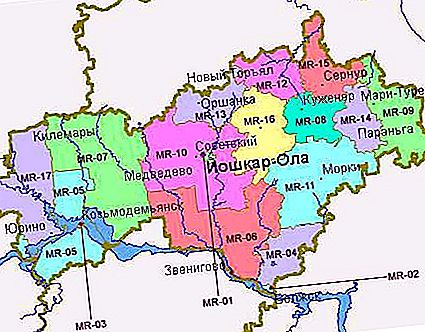
The most populated areas of the Mari Republic: Medvedevsky (67.1 thousand inhabitants), Venigovsky (42.5 thousand inhabitants), Soviet (29.6 thousand inhabitants), Morkinsky (29.0 thousand inhabitants). Geographically, the largest is the Kilemar region (3.3 thousand square kilometers).
Yoshkar-Ola - the capital of Mari El
The capital of the Mari Republic is the city of Yoshkar-Ola. It is located approximately in the center of this region. Currently, about 265.0 thousand inhabitants live in it with a population density of 2640.1 people / sq. km
Among the nationalities, Russians predominate, and even more pronouncedly than in the republic as a whole. Their number is 68% of the total population. The Maris following them have a specific gravity of 24%, and the Tatars - 4.3%.
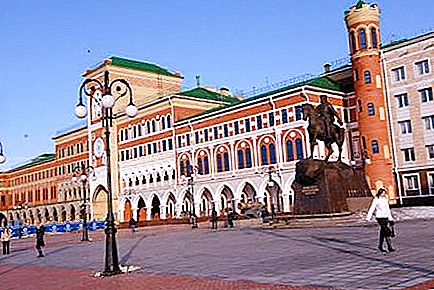
The city was founded back in 1584 as a Russian military fortification. From the moment of its foundation until 1919 it was called Tsarevokokshaysk. In 1919, after the Bolshevik revolution, it was called Krasnokokshaysk. In 1927, it was decided to rename it to Yoshkar-Ola, which translates from Mari as “red city”.
At present, Yoshkar-Ola is a relatively large regional center with developed infrastructure, industry and culture.
Other cities of the republic
The remaining cities of the Mari Republic are much smaller than Yoshkar-Ola. The largest of them Volzhsk has a population of 54.6 thousand inhabitants, which is almost five times less than in the capital of the republic.
Other cities in the region boast an even smaller population. Thus, 20.5 thousand people live in the city of Kozmodemyansk, 18.1 thousand people in Medvedev, 11.5 thousand people in Zvenigovo, and 10.4 thousand people in the village of Sovetskoye.
The remaining settlements of the republic have a population of less than 10, 000 people.
Republic Infrastructure
Compared with other regions of Russia, the infrastructure of the Mari Republic, excluding the city of Yoshkar-Ola, cannot be called highly developed.
There is only one airport in the republic located in its capital. In addition, the region has 2 bus stations and 51 bus stations. Rail transport is represented by fourteen stations.
The houses of the Mari Republic are often built of wood. This material has been used for hundreds of years as ideal for these places. Fortunately, there is enough wood in the region. But at the same time, skyscrapers and private houses from modern building materials are increasingly being built.
Since the beginning of this millennium, large-scale reconstruction work has been carried out in the capital of the republic of Yoshkar-Ola, aimed at restoring the cultural and architectural monuments of the city.
Republic Economy
Among the areas of industry, metalworking and mechanical engineering are most developed. There are also enterprises operating in the woodworking, textile and food industries. Almost all production is concentrated in the cities of Yoshkar-Ola and Volzhsk.
In agriculture, livestock breeding is most developed, mainly cattle breeding and pig breeding. Plant growing specializes in the cultivation of the following crops: cereals, flax, forage crops, potatoes and other vegetables.
Tourism
The huge potential of recreational resources is famous for the Mari Republic. Holidays in this region, of course, differs from the usual seaside resorts, but it can bring no less, and perhaps even more fun. The clean air, which is saturated with the reserved corners of this region, can not be replaced by anything.
Of particular note are the lakes in the Mari Republic. The region has a large number of them, and they are of considerable interest to tourists. Particularly noteworthy is Kulikovo Lake near the city of Volzhsk.
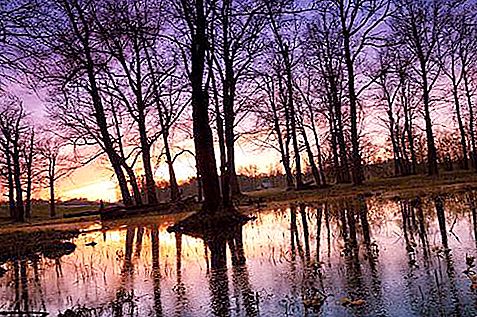
For those tourists who prefer organized vacations, recreation centers, children's camps and sanatoriums of the Mari Republic open their doors.
Interesting Facts
It is noteworthy that, although the Mari El titular nation is the Mari, the majority of the region's inhabitants are ethnic Russians.
Before the creation of the Mari Autonomous Region in 1920, the Mari did not have their own self-government, and the territory of the present Mari El Republic was divided between several provinces.
Outside the Mari Republic, a greater number of Maris live than inside it.

